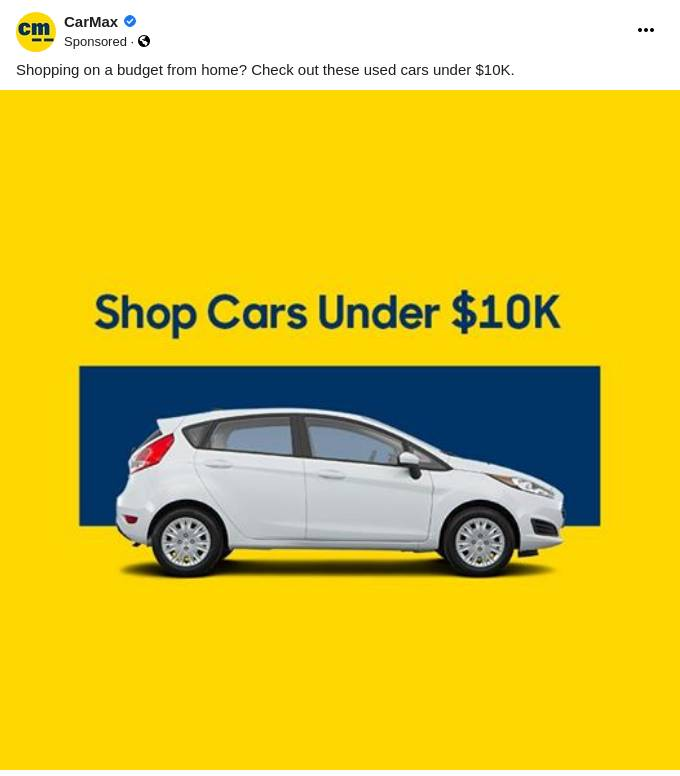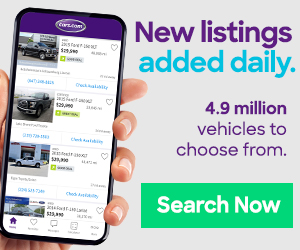
In 2020, millennials bought more cars than any other age group—and they were nearly twice as likely as boomers to complete the process entirely online.
That’s largely thanks to the rising popularity—and expanding features—of car-buying apps.
The Auto Industry is Being Upended Post-Pandemic
“Car sales are steeped in decades of traditions, regulations, and hard-sell tactics,” writes Sharon Carty at Car and Driver. “Although buying a car and making a large investment will always carry some level of stress, the changing way of doing business promises to make car sales lower-pressure events compared with the past, with prices negotiated online, test drives taken alone without a pushy salesman in the passenger’s seat, and financing and insurance sales taking place on the web.”
These websites and apps are looking to capture a sizable chunk of the US’s $840 billion used car market—and they aren’t just marketplaces designed to connect buyers and sellers (think Craigslist).
Instead, used car apps are buying their own inventory, often directly from consumers. As a result, traditional dealerships are losing out on inventory and the newcomers face an opportunity to stand out—not just in user experience, but in the way they advertise their offerings.
How Car Buying Apps Are Advertising
Yes, these apps are changing the way consumers shop for and purchase their vehicles. But how are they advertising? And how does that compare to car manufacturers and regional dealerships, two industries that have long had an advertising budget in the billions?
To help answer this question, we looked at ad advertising trends from eight car buying apps:



To date, these car buying apps have spent $255.3 million in digital and TV advertising (that’s January through September of 2021).
While these companies may be upending the auto industry, they’re sticking with tried-and-true advertising for the car market: the vast majority of ad spend (78%) is going to TV advertising. Within digital ad spend (which accounts for $56.5M) from these apps, investment in Facebook accounts for nearly 60%.
Taken together, these two insights highlight that the advertisers are going after a similar market as car manufacturers and dealerships, rather than bringing in a Gen Z demographic.
And it’s working: year over year, ad spend increased 38%, from $185M in 2020 to $255M in 2021. 6 out of the 8 companies we analyzed advertised in both 2020 and 2021; only TrueCar has had no advertising presence this year, and Autotrader is a newcomer to the advertising space.
How Do Car Buying Apps Compare to Manufacturers and Dealerships?
Advertising from national car brands like Ford, Nissan, and Toyota dwarfs that of the car buying apps above: these major brands have spent a total of $3.9 billion in 2021 so far.
That said, growth is much slower, with an increase of just 26% from 2020 (compared to 38% from the apps, remember). And, as mentioned previously, the newer advertisers seem to be taking a cue from established auto brands: digital spend for both makes up 21% of their total ad spend.
Car dealerships are another story entirely: year over year, ad spend from regional dealerships has increased 372% in 2021 ($1.9 billion in 2021, compared to $417 million in 2020). This is less than surprising, since regional dealerships were especially affected by the pandemic. The lowest trough of ad spend we saw occurred from April-July 2020, right after the economic effects of the pandemic began to take hold. It makes sense, then, that local dealerships would put their ad dollars behind economical formats: digital ad spend makes up 84% of total ad spend for the segment.
What does this mean for the car buying apps of the future? Given that just 1 percent of used-car sales go through the three largest, publicly traded online dealers, there’s only room for growth.
To learn more about the data behind this article and what MediaRadar has to offer, visit https://mediaradar.com/.







Sign up to receive our stories in your inbox.
Data is changing the speed of business. Investors, Corporations, and Governments are buying new, differentiated data to gain visibility make better decisions. Don't fall behind. Let us help.













Sign up to receive our stories in your inbox.
Data is changing the speed of business. Investors, Corporations, and Governments are buying new, differentiated data to gain visibility make better decisions. Don't fall behind. Let us help.





